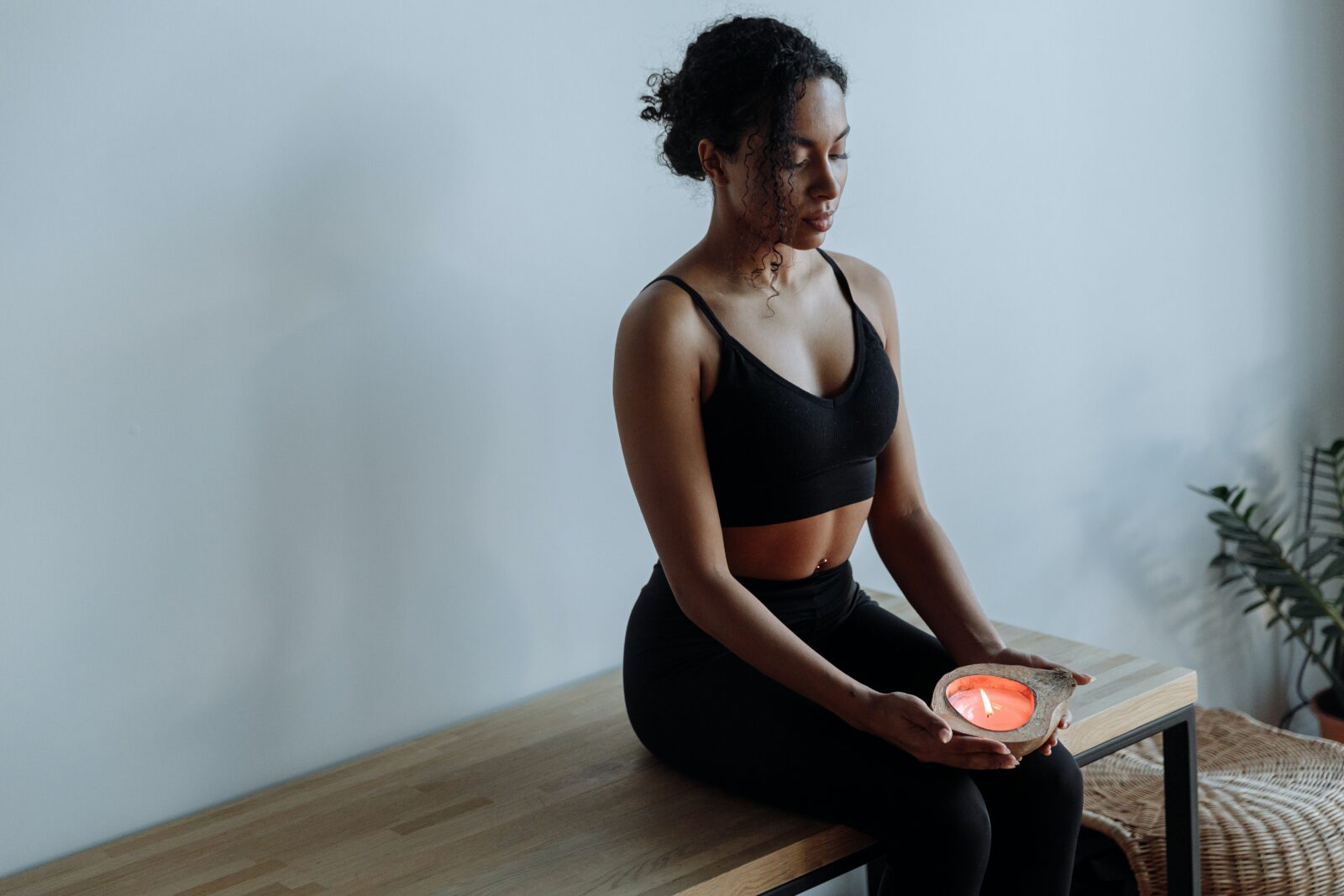If you’ve ever experienced anxiety, you know that it can get pretty uncomfortable. Your heart rate increases, your muscles tense up and you might even develop a headache or stomach ache. While these symptoms aren’t necessarily dangerous, they can become quite uncomfortable if they last for long periods of time.
Breathing exercises are a simple and effective way to manage these symptoms. In fact, studies show that diaphragmatic breathing not only reduces stress but also improves other health outcomes like sleep quality and immune response.
There are many types of breathing exercises, but they all have the same goal: to help you focus your mind and control your breathing. A common technique is to breathe in through your nose for four counts and then breathe out through your mouth for six counts. (And repeat.) Changing your breathing patterns can result in a host of health benefits, including:
- Stress reduction. Deep breathing is one of the best ways to lower stress in the body. This is because when you breathe deeply, it sends a message to your brain to calm down and relax. The brain then sends this message to your body. Those things that happen when you are stressed, such as increased heart rate, fast breathing, and high blood pressure, all decrease as you breathe deeply to relax.
- Lower anxiety. Breathing exercises can lessen symptoms of anxiety by decreasing heart rate, stabilizing blood pressure levels and slowing down breathing.
- Reduce pain. Deep breathing increases the supply of oxygen to your brain and stimulates the parasympathetic nervous system which promotes a state of calmness and relaxation.
The next time you’re feeling stressed or anxious, give one of these breathing exercises a try:
1. 4-7-8 Breathing
This is the most popular breathing exercise out there, and it’s especially useful if you have trouble falling asleep. Inhale for four seconds, hold that breath for seven seconds, then exhale for eight seconds.
2. Alternate Nostril Breathing
Inhale through one nostril and exhale through the other. Then switch sides. Continue alternating sides for up to 5 minutes (or as long as you like).
3. Diaphragmatic Breathing
Close your mouth and inhale deeply through your nose. As you breathe in, push your belly out against your belt (or the floor) to ensure that you’re using your diaphragm to breathe instead of raising and lowering your shoulders with each breath. Hold this breath until you feel like exhaling, then exhale slowly through pursed lips while drawing your belly button toward your spine, keeping it tight as you breathe out all the air in your lungs.











Leave a Reply